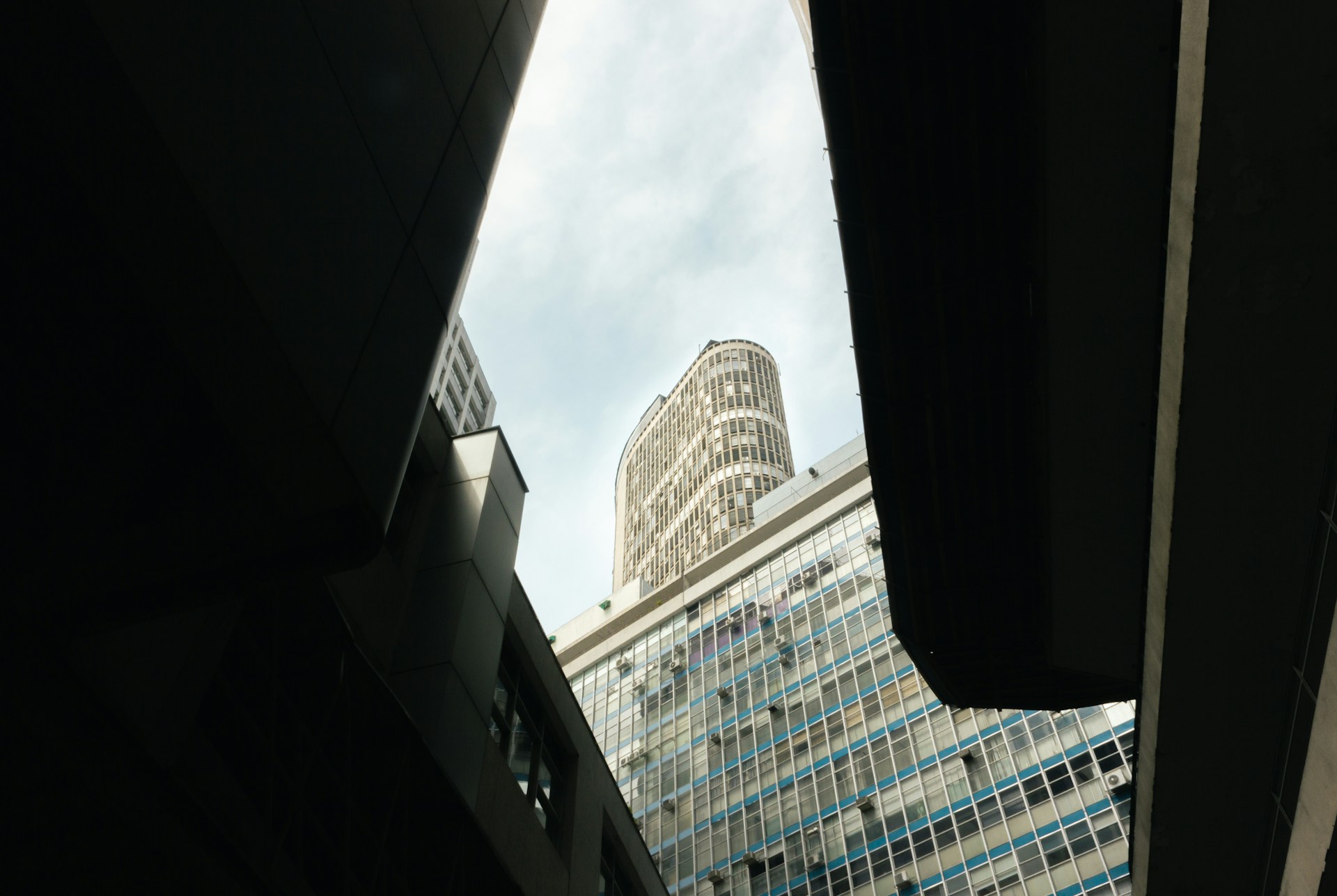Tech
Activision Blizzard and the Biggest Gaming, Tech Trends

Video games have come a long way since Pong. And with the popularity of the metaverse growing, gamers have high expectations that the major video game and tech companies will continue to bring their best-loved gaming franchises into the future. For example, Activision Blizzard CEO Bobby Kotick has said that he “is certain that our incredible talent and extraordinary games combined with our shared commitment to the very best workplace will enable us to grow in an increasingly more competitive race for leadership as gaming through the metaverse evolves.”
Subscription services and deliveries that can be accessed on more than one platform are two things that gamers want to see more of in the future. And there have been reports that Activision Blizzard could launch a Call of Duty subscription-based content service. It’s something that Kotick has been considering for over a decade. “I would have Call of Duty be an online subscription service tomorrow,” he said back in 2012. “When you think about what the audience’s interests are and how you could really satisfy bigger audiences with more inspired, creative opportunities, I would love to see us have an online Call of Duty world. I think our players would just have so much of a more compelling experience.”
Game producers and developers forming unions is currently a hot-button topic in the industry. Microsoft Gaming CEO Phil Spencer said, “I have never run an organization that has unions, but what I can say from working on this is that we recognize the needs of workers for feeling safe, heard, and fairly compensated for their great work.”
The Best Tech Trends of 2022
According to digitaltrends.com and the consumer electronics trade show IFA 2022 annual tech conference, which took place in Berlin from Sept. 2-6, these are some of the hottest tech trends of the year.
Curved gaming monitors are an essential for the most serious gamers. The LG OLED Flex stands out from the rest because of its ability to go from curved to flat. It features an impressive 42-inch screen, making playing Activision Blizzard games like Call of Duty, World of Warcraft, and Diablo much more entertaining and engaging. It also features all of the benefits of panel technology. “That includes absolute black, incredible contrast ratio, and brilliant colors. Considering how rare OLED gaming monitors still are, it’s encouraging to see experiments like the LG OLED Flex get put out in the world. But really, this is all about being able to grab the sides of the panel and augment the screen right before your eyes,” stated Digital Trends.
The Lenovo Glasses T1 are an excellent introduction to augmented reality glasses. These wired AR glasses connect to a smartphone or PC and display the virtual screen on the glasses’ lenses. They are a must-have for anyone obsessed with futuristic technology because of their affordability, and the micro-OLED screens boast 58 pixels per degree with a 1,000:1 contrast.
The Asus Zenbook Fold 17 is one of the coolest foldable PCs on the market. The generous 17.3-inch screen is perfect for playing one’s favorite Activision Blizzard games without missing a sliver of the on-screen action. According to Digital Trends, it’s a “foldable PC that feels like it actually lives up to the promise of its unique form factor. You can use the device in ‘desktop mode,’ which gives you access to that large 17-inch, 4:3 screen on the go. It’s a fantastic screen to get work done on.”
However, another incredible foldable screen laptop is the ThinkPad X1 Fold Gen 2, which has a 16.3-inch OLED screen. According to the site: “That new size also allows the device to be used in a new, delightfully strange, portrait mode, on top of the standard desktop and clamshell modes. Lenovo has also changed things up with its look, ditching the faux-leather hinge cover for a woven fabric exterior. It’s slick, giving the first foldable laptop a sequel that feels like a proper second generation.”
As far as mobile phones go, the Oppo Reno8 Pro reigns supreme. “The slick design is the first thing to notice about, which includes a curvy camera module on the back, simple flat edges around the sides, and some impossible thin bezels on the front, around its 6.7-inch AMOLED screen,” stated Digital Trends, which also noted that it had no major flaws.
Activision Blizzard: Moving Into the Metaverse
Robert Kotick said, “The next step is to bring together [gaming] communities because they have ambitions for their own gaming and metaverse initiatives. Established and emerging competitors see opportunities for virtual worlds filled with professionally produced content [combined with] user-generated content and rich social connections.”
Activision Blizzard is famous for offering decades of great games including Crash Bandicoot, Tony Hawk’s Pro Skater, Sekiro, Diablo, Candy Crush Saga, Skylanders, and Overwatch.
Tech
AI in Placemaking: How ERA-co is Using Smarter Data to Build Better Cities

ERA-co is exploring new ways to apply AI in urban design, utilizing data-driven tools to support more thoughtful and responsive placemaking. Rather than replacing human insight, the firm sees artificial intelligence as a partner — one that can enhance how designers understand and shape the spaces where people live, move, and connect.
This approach isn’t about flashy tech or fully automated cities. It’s about asking better questions, revealing patterns we might otherwise miss, and using that knowledge to make decisions rooted in real-world behavior. For ERA-co, AI becomes most valuable when it helps clarify how a city works, layer by layer, so design teams can create places that are not only efficient but also livable and meaningful.
Understanding complexity before optimization
Before talking about smart tools or predictions, ERA-co begins with a foundational question: “What kind of problem is a city?” Nicolas Palominos, Head of Urban Design and Strategy R&D at ERA-co, references the work of Jane Jacobs to frame this.
“As Jacobs reminds us, cities exhibit complex system behavior, where multiple elements vary simultaneously, in subtle interconnected ways,” Palominos explains. “AI can augment our understanding of these parameters to design better places with optimized social benefit.”
According to Palominos, that kind of social benefit can take many forms. It might involve modeling a housing system that supports proximity-based living, such as the concept of the “15-minute city,” or applying predictive analytics to anticipate and respond to events like floods, heatwaves, or infrastructure failures.
ERA-co doesn’t use AI to chase efficiency for its own sake. Instead, the firm uses it to gain a more comprehensive understanding and a clearer picture of a place’s behavior.
Data that matches people, not just places
Not all data is created equal. When it comes to placemaking, ERA-co prioritizes what Palominos calls “spatial and temporal granularity,” which entails not only examining how a space functions on a map but also understanding how people interact with it over time — from hour to hour, and season to season.
“The most valuable data are those with the greatest spatial and temporal granularity for observing people and urban environments,” Palominos says. “Video footage, mobile data, street view imagery, and satellite imagery enable a deeper understanding of how different groups of people perceive and use public space.”
One recent ERA-co proof-of-concept used AI to assess how people visually perceive streetscapes, analyzing elements like enclosure, complexity, and human scale. These insights informed more nuanced design strategies that align with local behaviors, not just abstract zoning plans.
This level of detail matters because even small design shifts can have ripple effects on how people move, feel, and gather. With AI, ERA-co isn’t just tracking patterns but learning from them.
ERA-co’s AI mobility work: Subtle shifts, broader benefits
Some of the clearest applications of AI can be seen in mobility — how people and goods move through cities. It’s here that ERA-co sees measurable gains in both function and experience.
“AI-driven fleet optimization balances supply and demand in bus services and bike-share systems,” Palominos says. “On the consumer side, it streamlines courier and delivery services through route optimization.”
These systems don’t operate in isolation. When they’re better coordinated, they can relieve pressure on road networks, reduce congestion, and lower energy use. But what makes ERA-co’s approach different is that it doesn’t stop at logistics. It examines how those systems impact the daily lives of people who live in and move through a place.
The limits of AI and the role of design judgment
As much as AI can help us see more, ERA-co is careful not to let it make the final call. Cities are more than just systems — they’re layered with memory, identity, and human connection. And not everything meaningful can be measured.
“There have been cases where AI insights pointed us in one direction, but human judgment and cultural understanding led us another way,” Palominos notes.
Sometimes a place functions well on paper, but feels hollow in practice. Other times, a community gathering space might disrupt traffic flow, yet provide invaluable support for social well-being.
This is where design intuition becomes critical. ERA-co uses AI to inform, not dictate, the design process.
Planning for a future in flux
Looking ahead, ERA-co sees AI playing a growing role in helping cities adapt — not just to top physical threats like climate change, but also to slower, less visible shifts in how people live and connect.
“AI will amplify our understanding of how cities function through enhanced spatial representation and analysis, informing better human decision-making,” Palominos says. He references recent findings (like an MIT study showing people walk faster and linger less in public spaces) as examples of trends that would have been hard to anticipate without AI.
Still, the goal isn’t to automate responses to those behaviors. It’s using those insights to reimagine what kinds of public spaces people may need in the future, especially as patterns of connection and isolation shift.
-

 Tech5 years ago
Tech5 years agoEffuel Reviews (2021) – Effuel ECO OBD2 Saves Fuel, and Reduce Gas Cost? Effuel Customer Reviews
-

 Tech6 years ago
Tech6 years agoBosch Power Tools India Launches ‘Cordless Matlab Bosch’ Campaign to Demonstrate the Power of Cordless
-

 Lifestyle6 years ago
Lifestyle6 years agoCatholic Cases App brings Church’s Moral Teachings to Androids and iPhones
-

 Lifestyle5 years ago
Lifestyle5 years agoEast Side Hype x Billionaire Boys Club. Hottest New Streetwear Releases in Utah.
-

 Tech7 years ago
Tech7 years agoCloud Buyers & Investors to Profit in the Future
-

 Lifestyle5 years ago
Lifestyle5 years agoThe Midas of Cosmetic Dermatology: Dr. Simon Ourian
-

 Health7 years ago
Health7 years agoCBDistillery Review: Is it a scam?
-

 Entertainment6 years ago
Entertainment6 years agoAvengers Endgame now Available on 123Movies for Download & Streaming for Free
